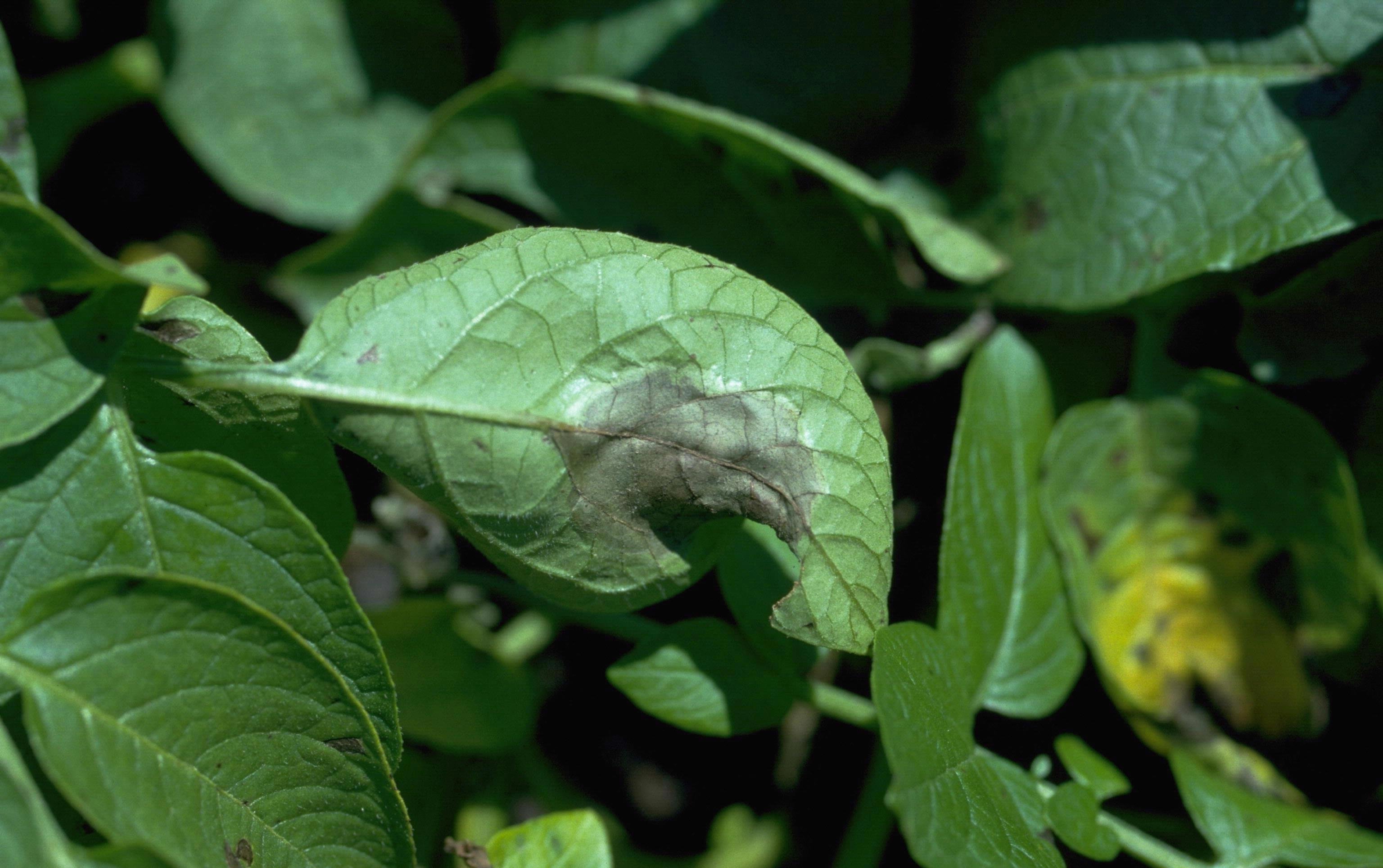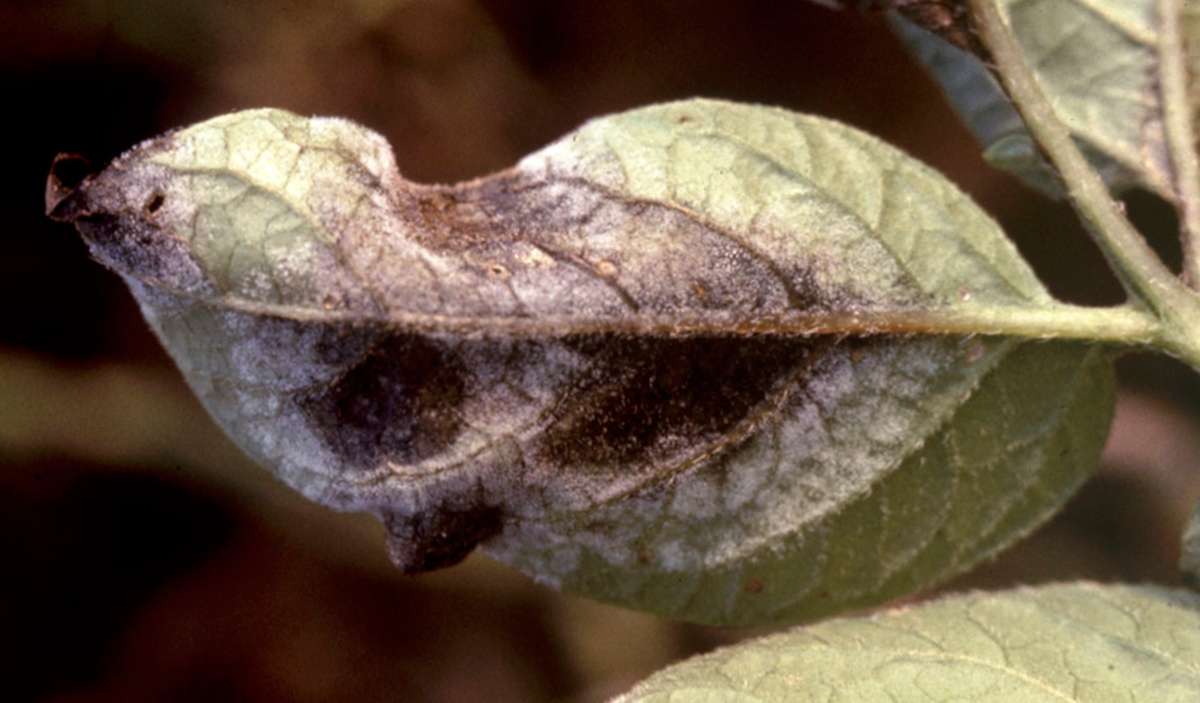
Caracoles y/o babosas
Snails and/or slugs: what they are, how they originate, and how to eliminate them effectively.
Snails And/Or Slugs
Snails And/Or Slugs
Pathogen:
Snails And Slugs
Type:
Risk to the plant:
INTERMEDIATE



DESCRIPTION
WHO CAUSES IT?
Snails and slugs are terrestrial mollusks that can become devastating pests in crops and gardens. These organisms feed on a wide variety of plants, including ornamental and garden plants, which can cause significant damage to their foliage and structure. In addition to their direct impact on plants, snails and slugs can also be vectors of diseases and pathogens, further compounding their impact on plant health.
SYMPTOMS
In ornamental and garden plants, the presence of snails and slugs can cause visible damage to the foliage, manifested by the presence of holes and bites in the leaves. Additionally, these organisms can leave a slimy trail of mucus in their wake, which can result in an unsightly appearance on affected plants. In severe cases, continued feeding by snails and slugs can weaken plants and compromise their overall health.


TEMPERATURE AND HUMIDITY
15 - 25ºC
70% - 90%

HOW IS IT SPREAD?
Active displacement, passive transport by water or wind.

HOW TO REMOVE IT?
Home remedies
There are no home treatments
Chemical treatments
• FERRIC PHOSPHATE (anhydrous) 0.81% [RB] P/P
• FERRIC PHOSPHATE 1% [RB] P/P
• FERRIC PHOSPHATE 2.5% [GB] P/P
• METALDEHYDE 1.5% [GB] P/P
• METALDEHYDE 1% + FERRIC PHOSPHATE (anhydrous) 1.62% [RB] P/P
• METALDEHYDE 2.5% [GB] P/P
• METALDEHYDE 3% (DYE ADDITION) [RB] P/P
• METALDEHYDE 3% [GB] P/P
• METALDEHYDE 4% [GB] P/P
• METALDEHYDE 5% (DYE ADDITION) [GB] P/P
• METALDEHYDE 5% [GB] P/P
Authorized treatments in organic farming
-
Insect allies
PREDATORY MITES
LADYBUGS
LACEWINGS
PARASITIC WASPS
HOVERFLIES OR PARASITIC FLIES
PREDATORY BUGS
There are no natural allies
Mycodiplosis oidii (predatory mosquito)
EFFECTIVE PRODUCTS TO ELIMINATE THIS PEST
Sponsored link
Sponsored link
Sponsored link
Sponsored link
Sponsored link
Sponsored link
Effective against all types of fungi
To prevent and control the presence of snails and slugs in crops and gardens, it is recommended to implement a combination of physical, cultural and chemical measures. These may include manually removing individuals, using physical barriers such as sharp edges or traps, maintaining good garden hygiene, and using specific baits or chemicals to control their population.
























